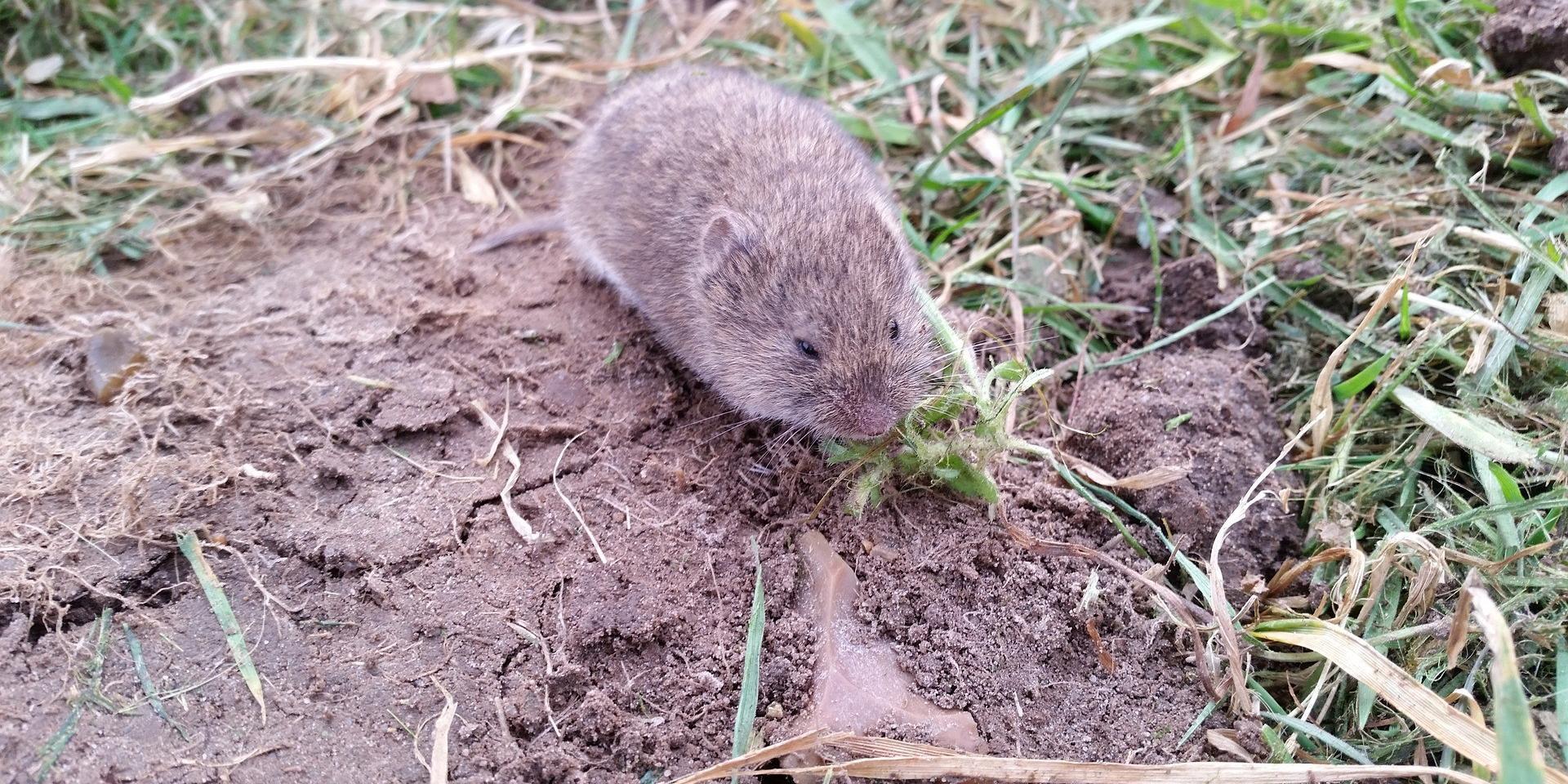Safeguard Your Grass: Effective Vole Control Techniques
Safeguard Your Grass: Effective Vole Control Techniques
Blog Article
Comprehensive Guide to Efficient Vole Bug Control: Problem Recognition and Therapy Techniques
In the realm of efficient bug control, vole problems posture a distinct difficulty that demands a strategic approach. These small rats, commonly mistaken for computer mice, can damage yards, lawns, and plants if left unchecked. Determining the indications of vole visibility and carrying out targeted treatment methods are crucial elements of a successful insect administration strategy. By discovering the nuances of vole habits, understanding key signs of problem, and evaluating a series of control choices, one can develop a thorough method to battle these evasive insects.
Understanding Vole Actions
Vole habits is defined by their burrowing behaviors and rapid recreation rates, making them a tough pest to manage properly. These tiny rodents commonly produce elaborate tunnel systems underground, utilizing them for sanctuary, food storage, and transport. Voles are herbivores, taking in a variety of plants, roots, bulbs, and turfs, which can trigger significant damage to gardens, orchards, and lawns. Their fast reproductive rate further complicates control initiatives, with ladies with the ability of generating numerous litters in a solitary year, each containing numerous offspring.
Recognizing vole behavior is vital for reliable bug control strategies. By identifying their burrow areas, keeping an eye on feeding areas, and carrying out targeted control methods, such as trapping or environment alteration, vole infestations can be taken care of effectively.
Indicators of Vole Invasion

Prevention Approaches
Carrying out effective avoidance methods is essential in lessening vole invasions and safeguarding plants from their harmful feeding behaviors. To stop vole problems, it is essential to start by getting rid of prospective food resources and sanctuary.
Consistently evaluating the residential or commercial property for indicators of vole activity, such as runways and delve openings, is vital for very early discovery and punctual activity. Think about making use of repellents or catches tactically positioned near their paths if vole task is presumed. Utilizing all-natural predators like snakes or owls can additionally aid keep vole populations in check. By carrying out a mix of these prevention property owners, gardeners and strategies can effectively safeguard their plant life from vole damage.
Non-Lethal Control Approaches
To successfully handle vole populations while prioritizing gentle techniques, non-lethal control methods use useful solutions for minimizing vole damage in landscapes and gardens. These obstacles can be hidden at hop over to these guys the very least 12 inches deep and curved at a 90-degree angle to protect against voles from burrowing underneath.

Lethal Control Options
One effective method for attending to vole infestations in landscapes and yards involves the calculated use of dangerous control options. When confronted with a severe vole problem that non-lethal approaches have actually stopped working to consist of, applying lethal control steps comes to be vital. One generally employed deadly control alternative is making use of snap traps. These catches are developed to rapidly a knockout post and humanely kill voles upon activation, making them a prominent choice for many garden enthusiasts and landscapers. To increase the performance of breeze traps, it is advised to put them in areas where vole task is high, such as along runways or near burrow entries. One more lethal control option is the usage of harmful baits specifically developed to target voles. These lures consist of poisonous substance that is ingested by the voles, causing their ultimate death. Care must be exercised when utilizing hazardous lures to prevent injury to non-target animals or family pets. Generally, when employing lethal control options, it is necessary to do so responsibly and in conformity with neighborhood regulations to properly manage vole problems.
Final Thought
Finally, effective vole pest control needs a comprehensive understanding of vole behavior, identification of indicators of infestation, execution of prevention strategies, and application of both deadly and non-lethal control approaches. By combining these strategies, individuals can properly handle vole populaces and safeguard their go right here residential property from damage. It is essential to attend to vole infestations quickly to avoid more concerns and minimize the effect on the surrounding setting.
Offered the detailed passage systems and quick recreation rates particular of voles, acknowledging the indicators of vole problem ends up being vital in efficient pest control. One of the primary indications of vole existence is the existence of surface area paths or tracks in grass or snow, usually concerning 1-2 inches vast, created as voles take a trip between their burrows and food resources.To efficiently manage vole populaces while focusing on humane techniques, non-lethal control approaches supply sensible remedies for reducing vole damages in landscapes and gardens.One efficient method for dealing with vole problems in gardens and landscapes entails the strategic use of lethal control alternatives. vole yard damage.In verdict, efficient vole parasite control needs a thorough understanding of vole actions, identification of indications of infestation, execution of avoidance methods, and use of both non-lethal and dangerous control techniques
Report this page